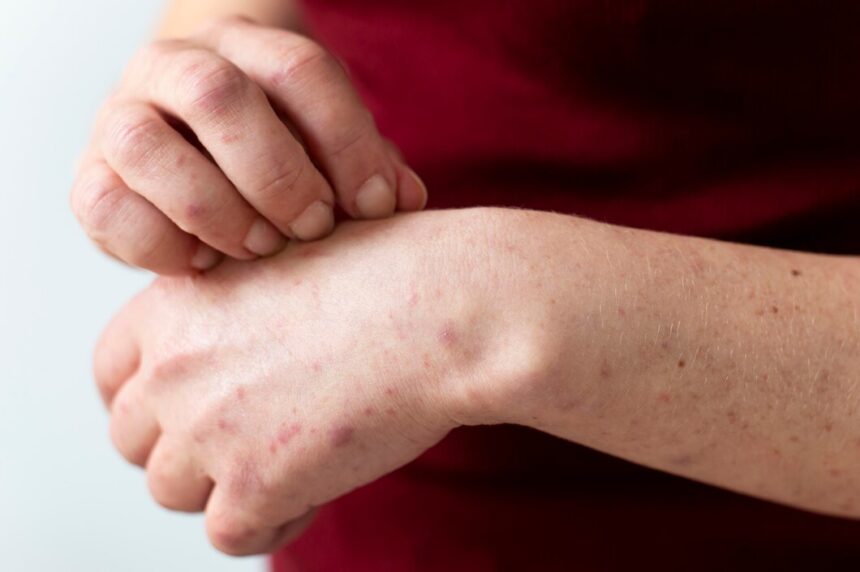Scabies is a contagious skin condition caused by a tiny mite called Sarcoptes scabiei. It affects people of all ages, but children are particularly vulnerable due to close contact in settings such as schools and daycare centers. Understanding the early signs and symptoms of scabies in children is essential for prompt diagnosis and treatment.
1. Intense Itching
One of the hallmark symptoms of scabies is intense itching, which often worsens at night. Children may scratch the affected areas excessively, leading to irritation and secondary infections. This itching is caused by an allergic reaction to the mites and their waste products.
2. Rash Development
The rash associated with scabies typically appears as small red bumps, blisters, or pimple-like lesions. In young children, the rash may be widespread and can occur on various parts of the body, including:
- Between the fingers and toes
- On the wrists
- In the armpits
- Around the waist
- On the knees and elbows
- On the scalp and face (especially in infants)
3. Burrows
One distinguishing feature of scabies is the appearance of burrows, which are tiny, thread-like tunnels formed by the female mites as they lay eggs in the skin. These burrows can be difficult to see but may appear as thin, grayish lines on the skin, often located in the webbing between fingers or in skin folds.
4. Red or Inflamed Skin
Affected areas may become red, inflamed, and swollen due to the body’s reaction to the mites and scratching. In some cases, secondary bacterial infections can develop, leading to further complications.
5. Skin Changes
As scabies progresses, children may develop crusted lesions that appear thick and scaly. This is especially common in severe cases of scabies, known as crusted scabies or Norwegian scabies, which can occur in immunocompromised individuals.
6. Behavioral Changes
Children suffering from scabies may exhibit signs of discomfort and distress due to itching and irritation. Parents may notice changes in their child’s behavior, such as increased irritability, difficulty sleeping, or reluctance to participate in activities that require physical contact.
Recognizing the early signs and symptoms of scabies in children is crucial for timely intervention. If you suspect your child may have scabies, it’s essential to consult a healthcare professional for an accurate diagnosis and appropriate treatment. Early treatment can help alleviate symptoms, prevent the spread of scabies to others, and ensure a swift recovery for your child.










